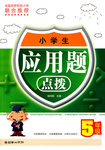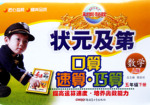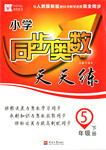题目内容
- Oh. my God! I forgot to bring my pen here.
-Don't worry. I have two. You can use __________.
A. I B. me C. myself D. mine
练习册系列答案
 应用题点拨系列答案
应用题点拨系列答案 状元及第系列答案
状元及第系列答案 同步奥数系列答案
同步奥数系列答案
相关题目
题目内容
- Oh. my God! I forgot to bring my pen here.
-Don't worry. I have two. You can use __________.
A. I B. me C. myself D. mine
 应用题点拨系列答案
应用题点拨系列答案 状元及第系列答案
状元及第系列答案 同步奥数系列答案
同步奥数系列答案